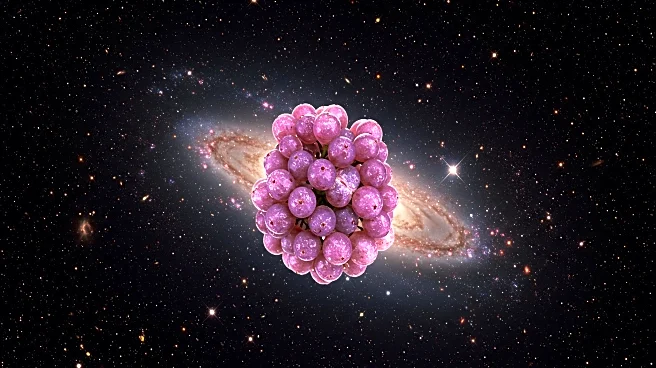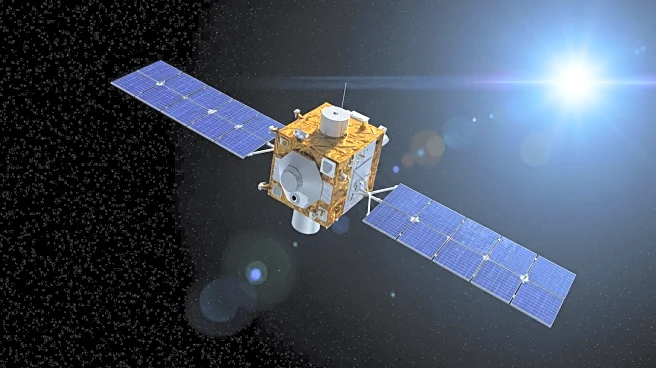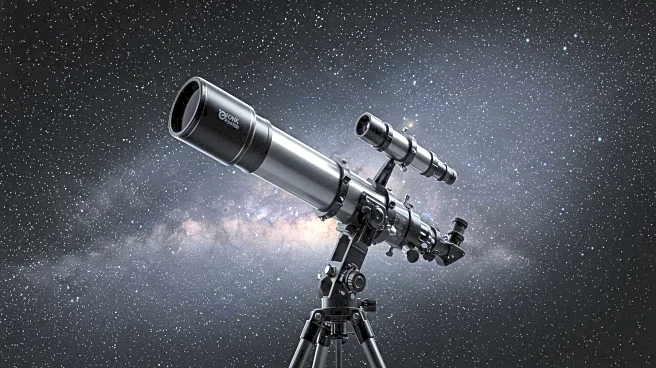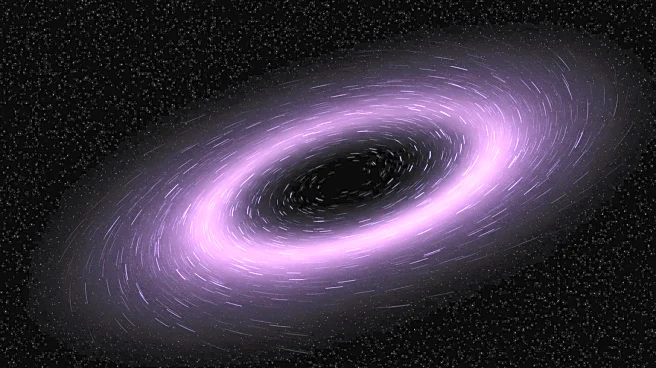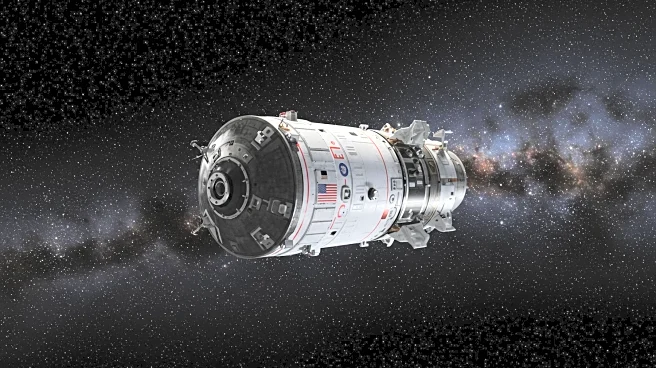Rapid Read • 7 min read
NASA's Imaging X-ray Polarimetry Explorer (IXPE) has provided new insights into the behavior of matter around black holes, challenging existing theoretical models. The IXPE mission, a collaboration between NASA and the Italian Space Agency, has measured a 9.1% polarization degree for the black hole IGR J17091-3624, which is higher than expected. This measurement suggests that the corona, a region of hot, magnetized plasma surrounding the black hole, may be viewed edge-on from Earth. The findings indicate the presence of a 'wind' of matter from the accretion disc, a phenomenon that could lead to Compton scattering of X-rays. These observations are significant as they offer a new perspective on the growth and behavior of black holes.
AD
The IXPE's findings have significant implications for our understanding of black holes and their growth. By challenging existing models, this research could lead to a reevaluation of how black holes interact with their surroundings and grow over time. The discovery of a 'wind' of matter could provide insights into the mechanisms that drive the evolution of black holes, potentially affecting theories related to galaxy formation and evolution. This research is crucial for astrophysics, as it may influence future studies and observations of black holes, impacting our broader understanding of the universe.
Researchers will continue to model and test their predictions to better understand the high polarization degree observed by IXPE. Future observations may yield more surprising measurements, further challenging current theories. The IXPE mission will continue to provide data that could lead to groundbreaking discoveries about celestial objects, with potential implications for the study of black holes and their role in the universe.
AD
More Stories You Might Enjoy


